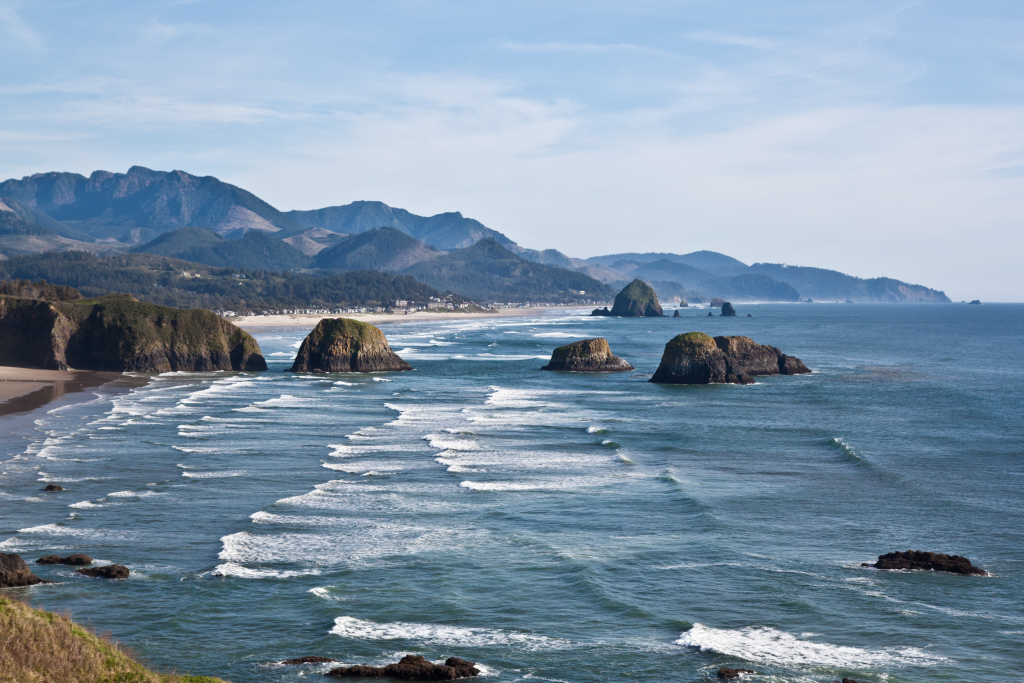
We don’t want people washed out to sea just to look at a tsunami, warned Sgt. Christopher Gill, echoing the fear and urgency of fear along the Oregon coast as news of a massive earthquake on Russia’s Kamchatka Peninsula caused ripples both emotional and literal across the Pacific. As tsunami waves are predicted to pound Oregon shores, residents and tourists alike are warned to be on guard, ready, and, above all, safe. But what does that look like for coastal towns tonight and in coming days? Here’s how you can sift through it, and find peace in uncertainty.
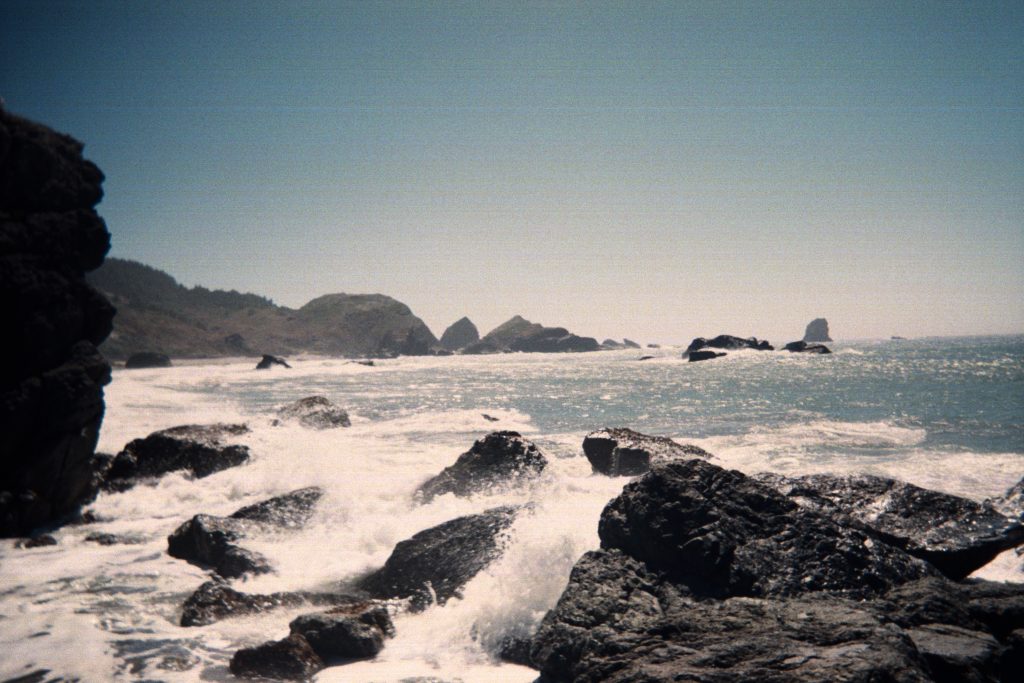
1. What’s Headed to the Oregon Coast: Forecasted Waves and Timings
The National Tsunami Warning Center put out a tsunami advisory for much of the West Coast, including Oregon, following an 8.8-magnitude quake on Russia’s Kamchatka Peninsula. The forecast impact on Oregon is less than in portions of Japan and Alaska but not to be overlooked. Waves of as much as 1.8 feet above the tide are forecasted to strike the coast at around 11:34 p.m., with potential prolonged surges for as much as 15 hours. Coos County is bracing itself for waves as large as 3 feet and pitilessly whimsical currents. “Tsunami is not one wave,” stated Dave Snider, tsunami warning coordinator, “It’s several very large waves over a long distance. Tsunamis move at hundreds of miles per hour a jet airplane speed over deep water. But when they hit the beach, they slow down and build up.” And that’s where that flooding would be a little more likely to occur there. The initial wave may not be the worst one, and impacts take hours.
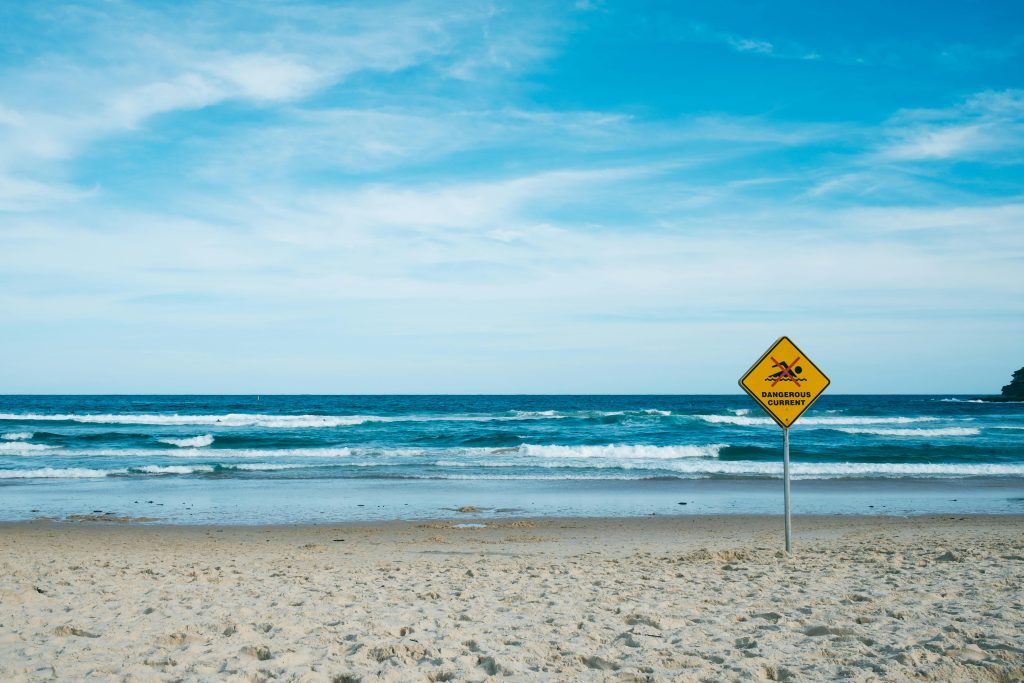
2. Official Safety Advisories: What Tourists and Residents Ought to Do
Officialdom has stated it in so many words: stay away from beaches, marinas, harbors, and inlets. While this is not a large tsunami, “hazardous currents and strong waves could pose a threat to individuals near the water,” warned the Oregon Office of Emergency Management. Everybody wants to catch a glimpse of the waves, but like Sgt. Gill said, “They’re not worth risking lives over.” Boaters should move boats away from shore to deeper water at least 180 feet if possible, or avoid coming into shallow water. If you live in a below-sea-level area, have a go-bag ready and be ready to leave if advisory level changes. And during shaking, don’t wait for the official word get to higher ground as fast as you can. The Oregon Department of Geology and Mineral Industries even offers a handy tool at nvs.nanoos.org/TsunamiEvac for individually customized evacuation routes.
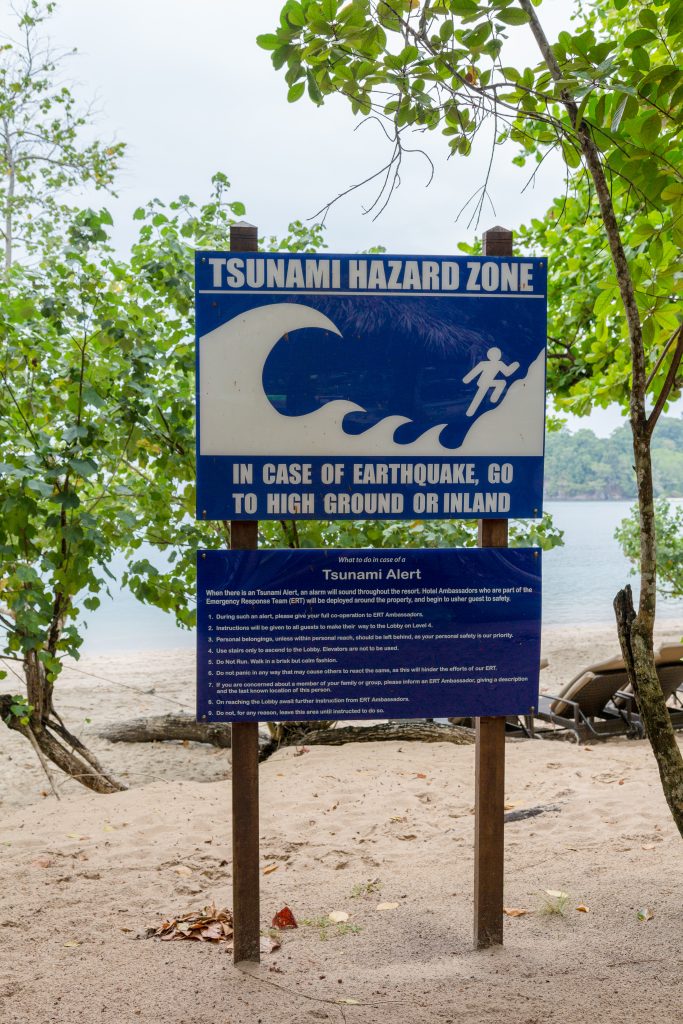
3. How Tsunami Warning Systems Work to Keep You Safe
The U.S. also has a robust, multi-layered tsunami warning system designed to provide timely, accurate public notification. The National Weather Service uses a four-tier system: warning, advisory, watch, and information statement. If a tsunami advisory like the one in effect now is issued, it means that powerful waves and currents can be dangerous, especially in and close to the water. Alerts are broadcast on local television, radio, marine radio, Wireless Emergency Alerts, NOAA Weather Radio, and outside sirens even in rural areas. NOAA feeds real-time information to forecast models via its network of deep-ocean buoys and coastal water-level monitoring stations, which inform local officials’ decisions regarding evacuation and closure. The best way to protect your and your loved ones’ safety is to remain informed with official sources.

4. Oregon’s Tsunami History: What Was Learned
A little bit of history when it comes to tsunamis and Oregon. The March 2011 tsunami, caused by a massive earthquake off the Japanese coast, left waves over 6 feet on the Oregon shore, and resulted in damage of millions of dollars. And all the way back in 1952, the 9.0 magnitude earthquake in Kamchatka dumped 30-foot waves onto Hawaii. Even though yesterday’s warning was for considerably smaller waves, past experience has taught us that tsunamis are unpredictable and even small waves can be devastating to boats, inundate harbors, and create deadly currents. “This is a tremendous amount of water in motion, and water is heavy, and it can sure push you around,” explained seismologist Dr. Lucy Jones, outlining the danger even minor tsunamis present to structures and individuals especially in ports and harbors.

5. Why Tsunami Warnings Are So Stressful And How to Relax
It’s completely normal to feel anxious when natural disaster warnings come close to home. “When we have uncertain, new, and unredictable situations, it’s only natural to feel a degree of anxiety,” says Anxiety New Zealand. The perpetual news cycle and unknown can induce fear, sadness, or even rage. Practicing the drills and having your route of evacuation memorized can actually help decrease anxiety, producing a sense of mastery. Being prepared, remind yourself that you’ve done all that you can. Slow breathing, mindfulness, and sticking to your usual routine especially exercise can keep stress at bay. And don’t shy away from talking through what you’re going through with someone you trust or seek assistance if you need it especially if anxiety persists or disrupts regular routine.
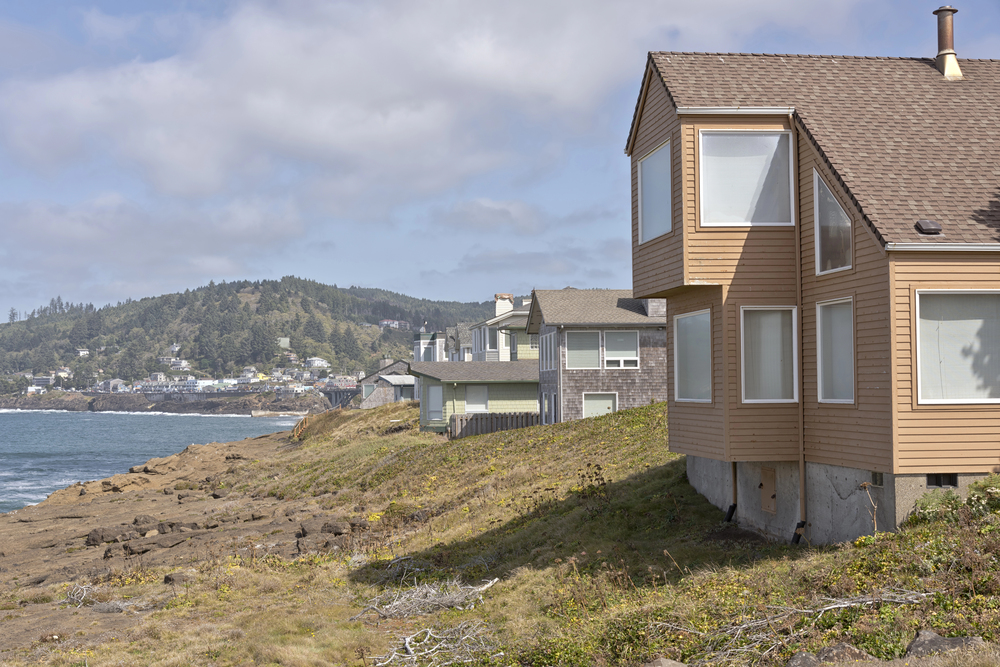
6. Community Resilience: How Oregon Coast Towns Prepare and Recover
Oregon’s coastal communities have experienced their own sequence of difficulties, from economic transformation to natural disasters like fires and tsunamis. What is most impressive is their resilience, restructuring, and community flexibility. Florence and Newport invested in strategic planning, emergency planning, and citizen mobilization to weather the storms both literal and figurative.
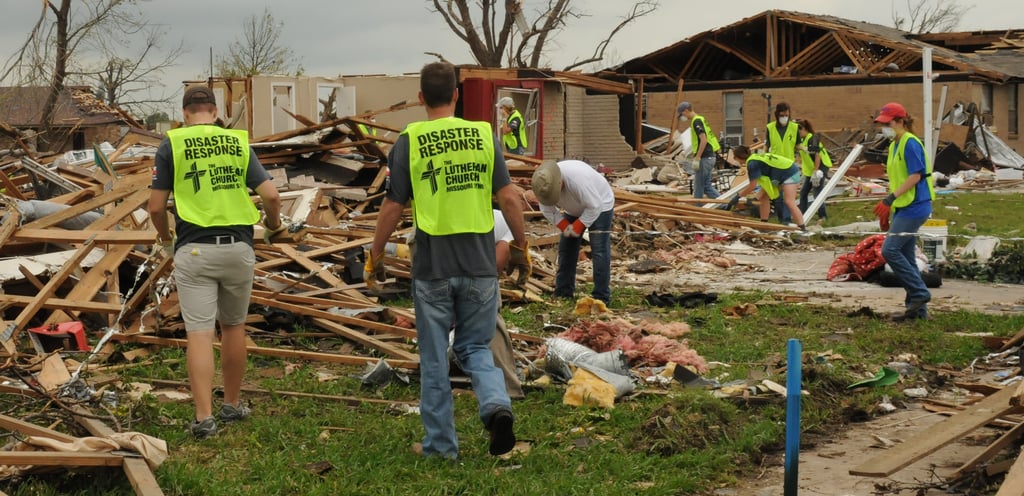
Community pride, volunteering, and far-reaching local networks have contributed significantly to recovery from disasters and preparedness for what has yet to come. Educational programs such as Oregon Sea Grant’s “Tsunami Quests” and Prepare Fairs encourage residents and tourists to become familiar with hazards and drill evacuation routes in a low-key, fun manner developing knowledge and confidence.
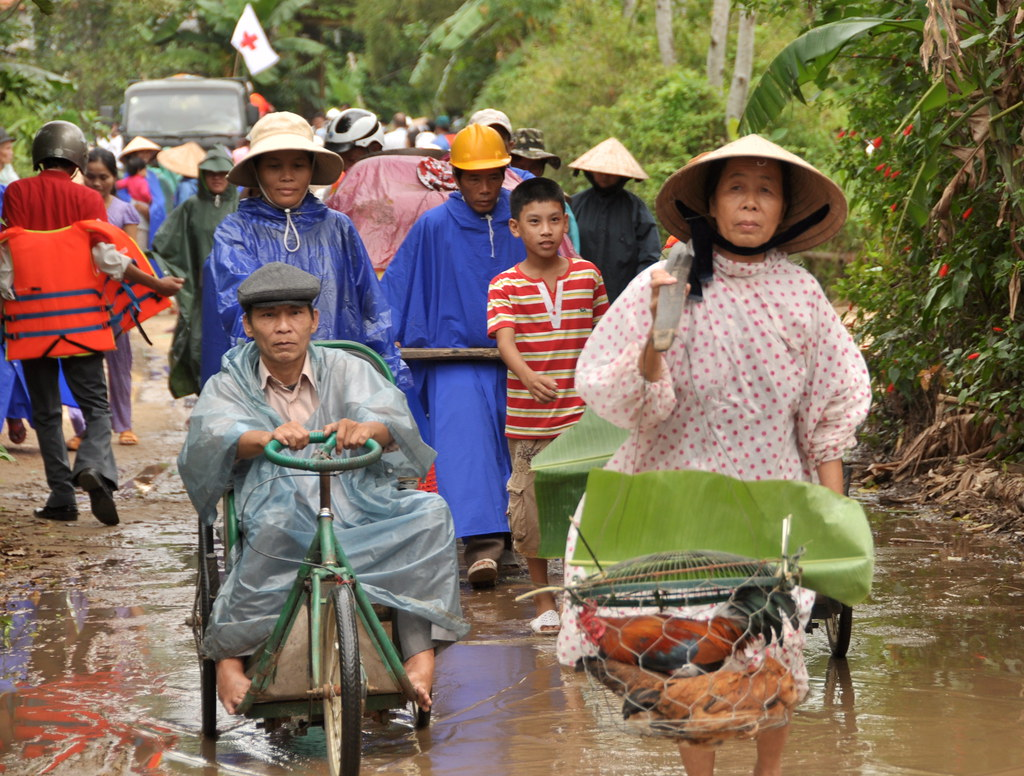
7. Practical Steps to Tsunami Preparation and Peace of Mind
Ready to take action? Here’s what experts recommend: Know if you’re in a tsunami inundation zone and plan your quickest route to high ground. Register for local emergency alerts and get familiar with official warning systems. Have a go-bag with necessary items prepared, in case. Conduct evacuation drills with your family or traveling group. Don’t be tempted to “wave watch” do not venture into the shore area until officials permit it. Avoid news that will bring concern and concentrate on what you can manage.

Be with others who support you and get support from your community neighbors helping neighbors is a known strength builder. Take care of your emotional well-being through self-care, routine, and support groups. If concerned, assistance is only a phone call away 24/7 through resources like the Disaster Distress Helpline (1-800-985-5990). Tonight, as the waves roll gently over the Pacific, Oregon’s coast stands ready watchful, steadfast, and backed by science and community determination.


